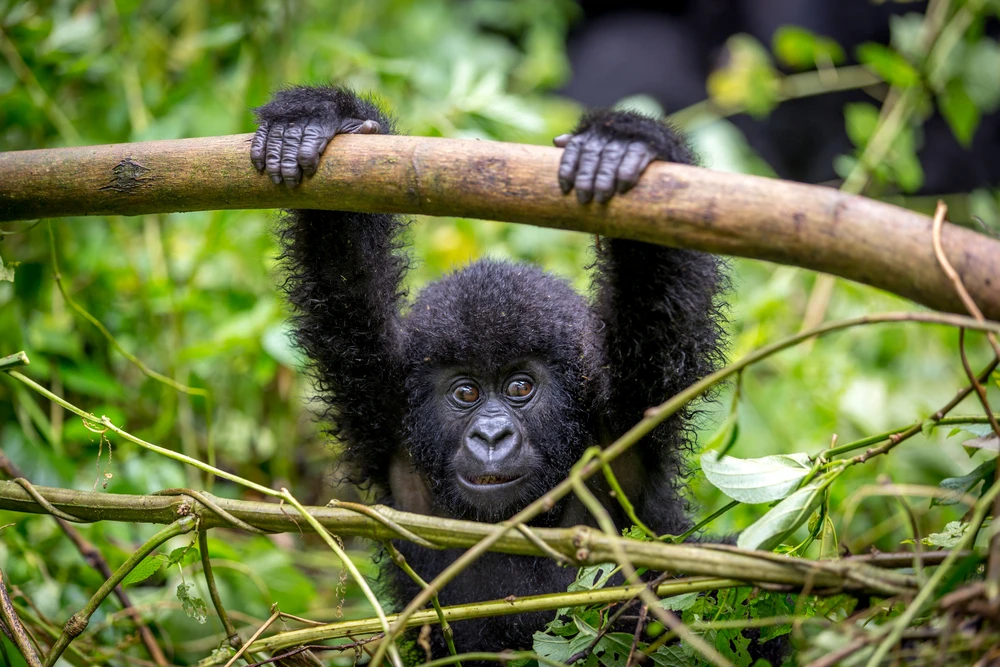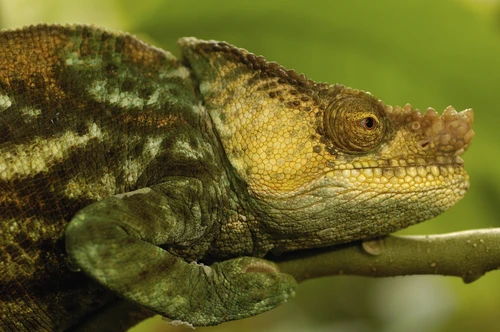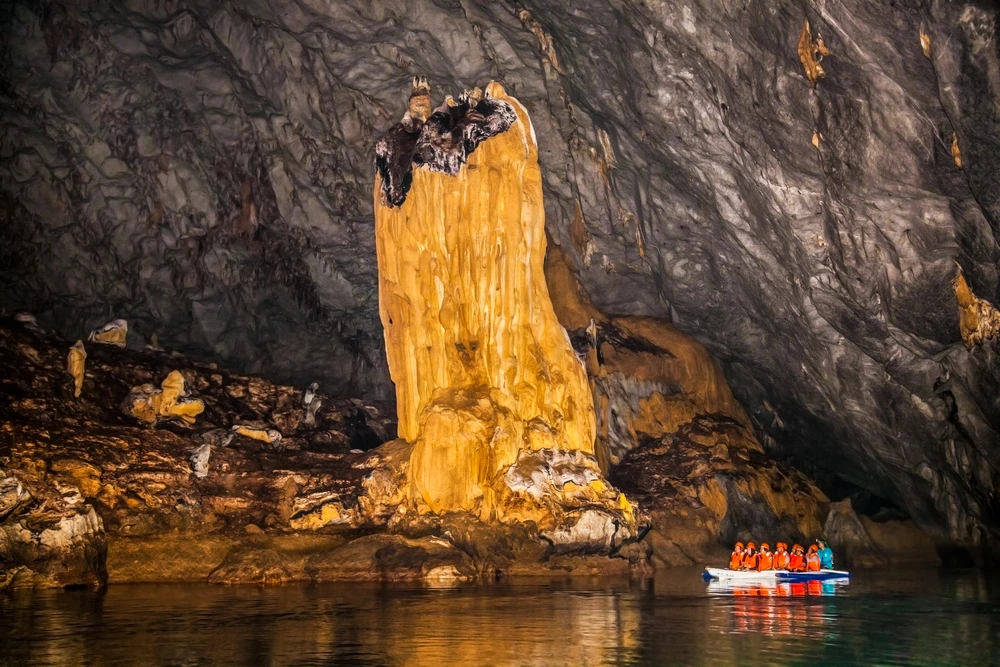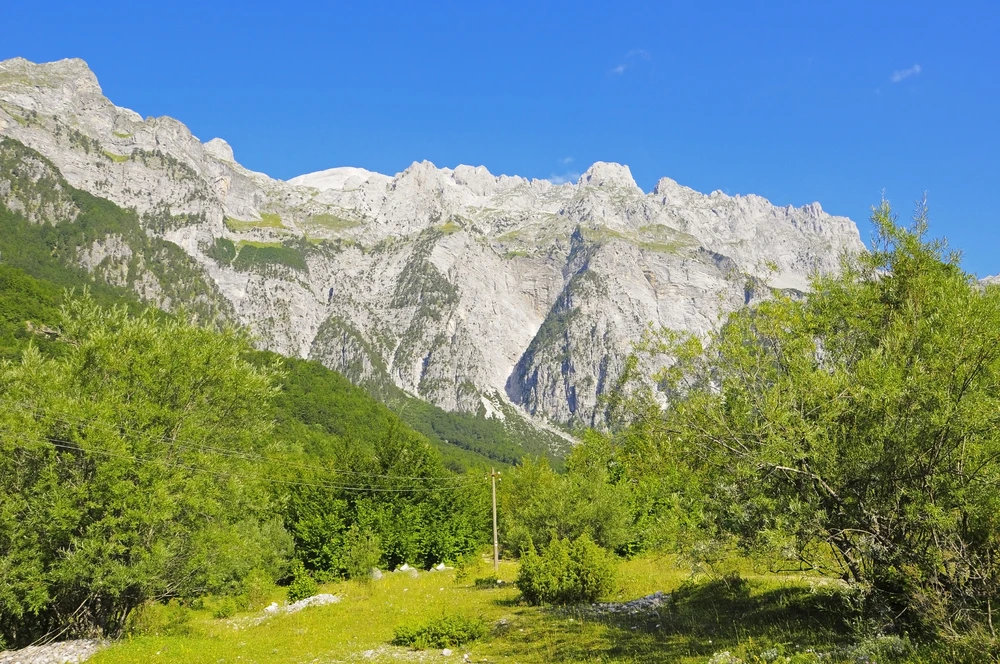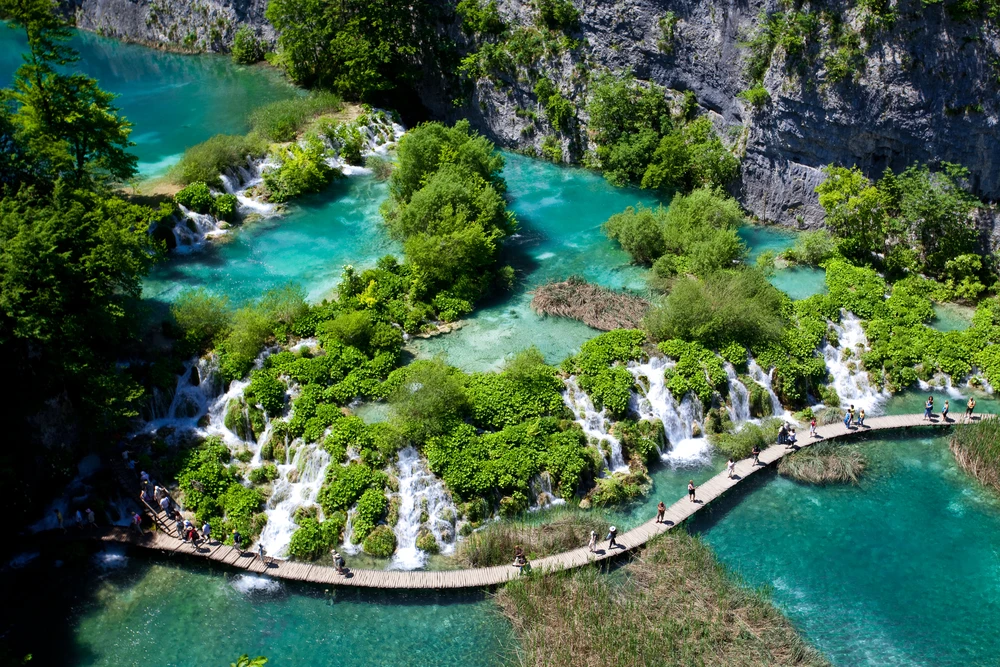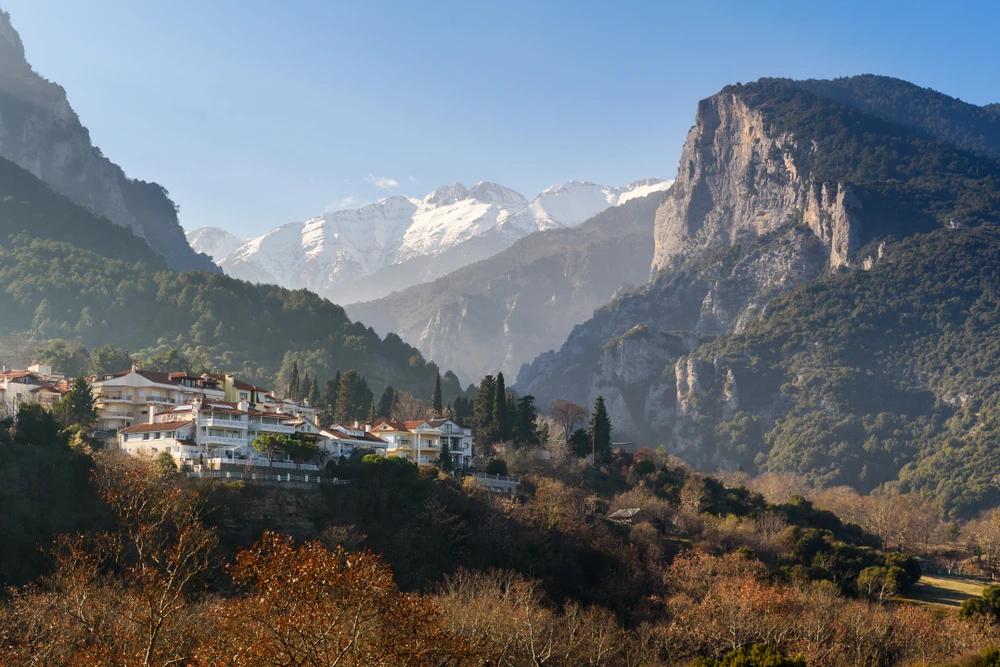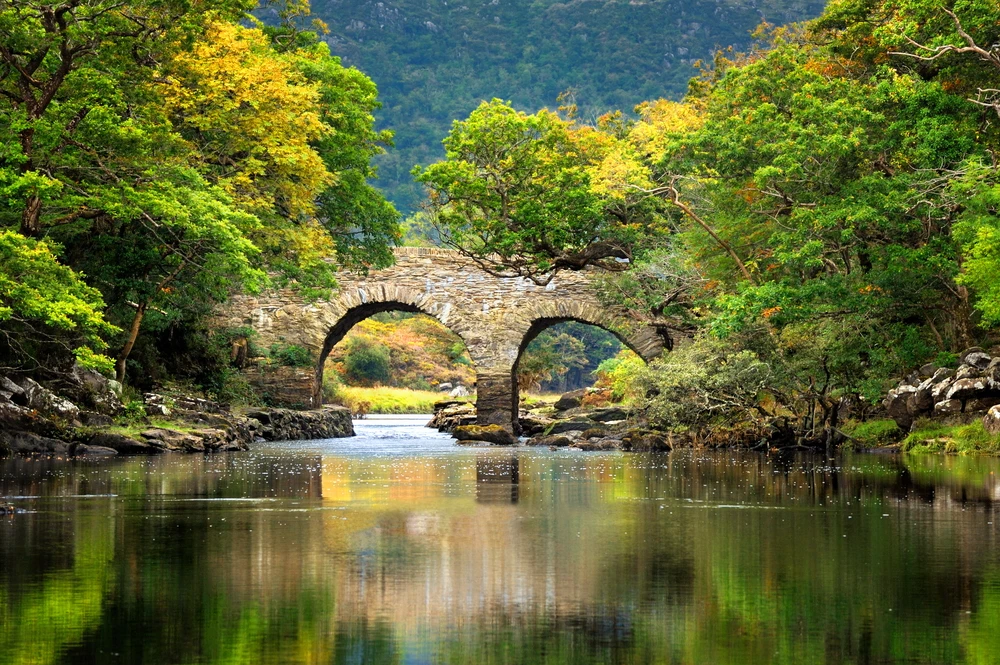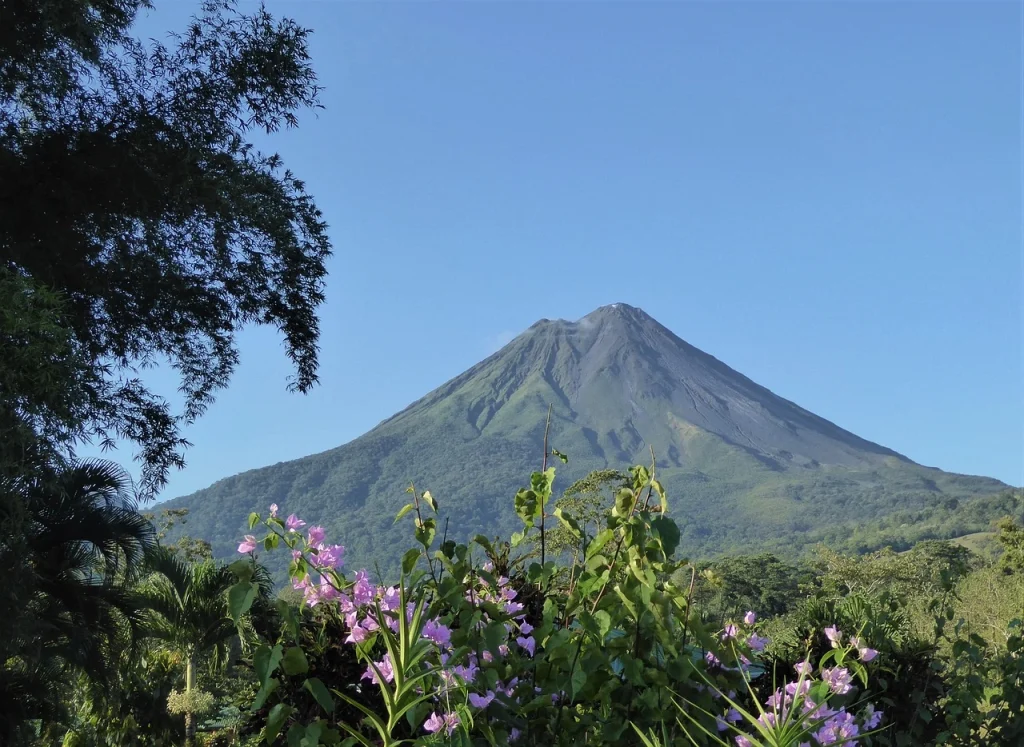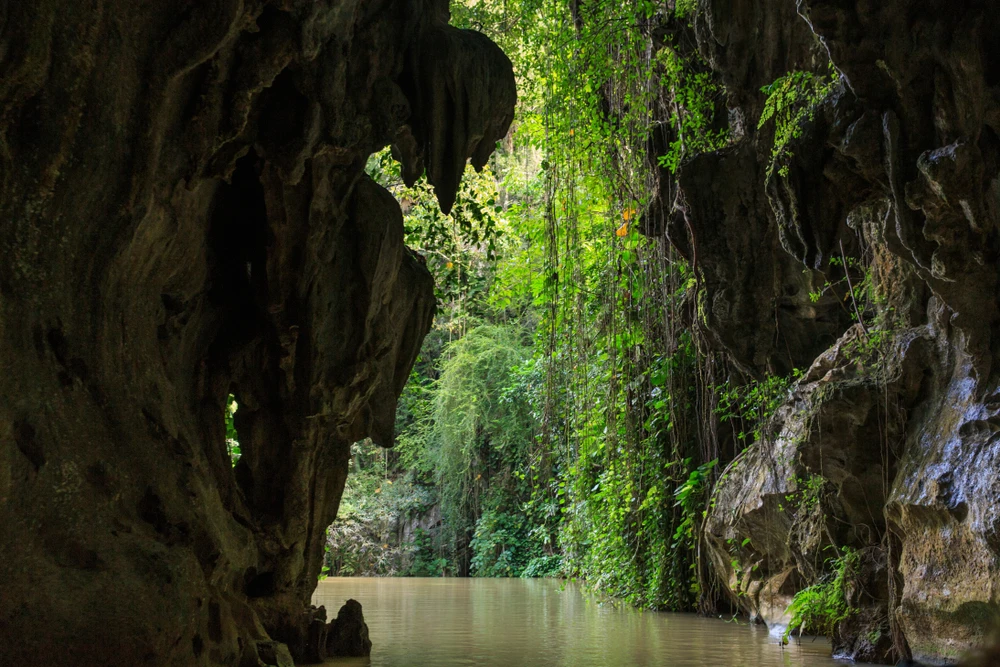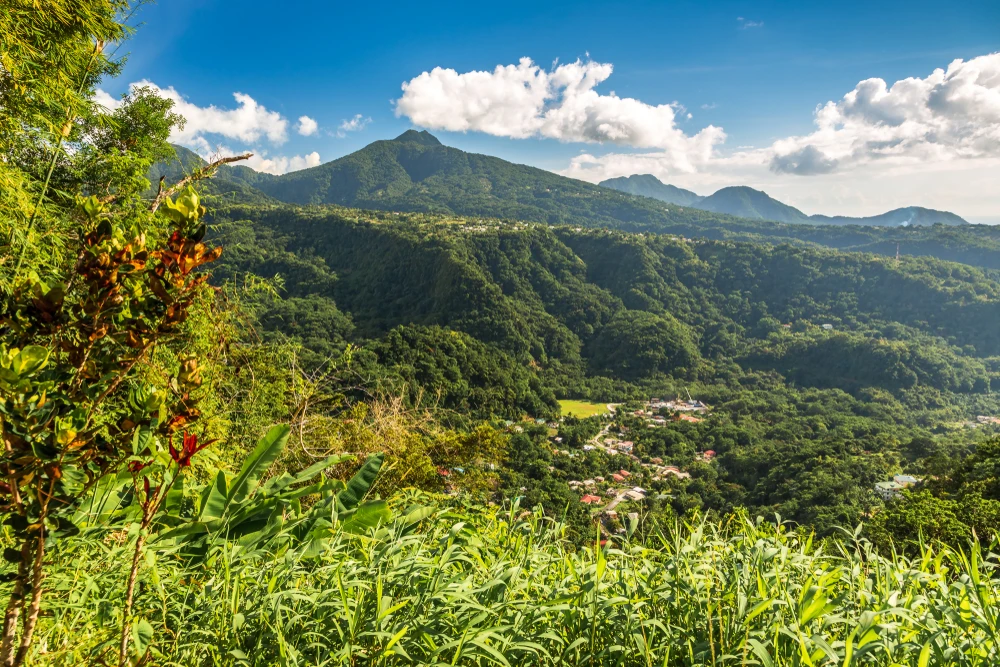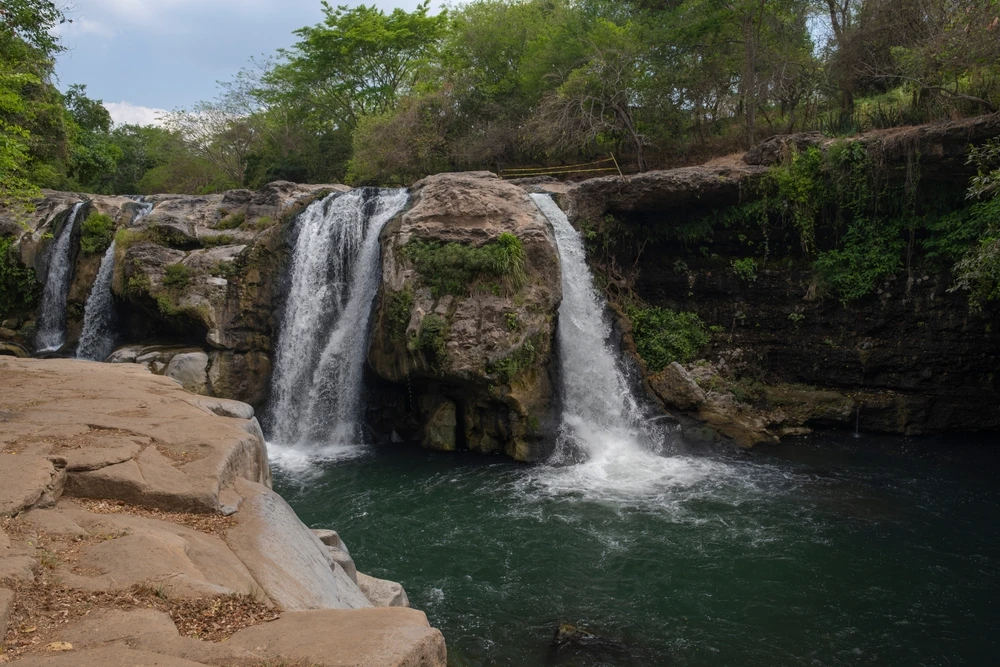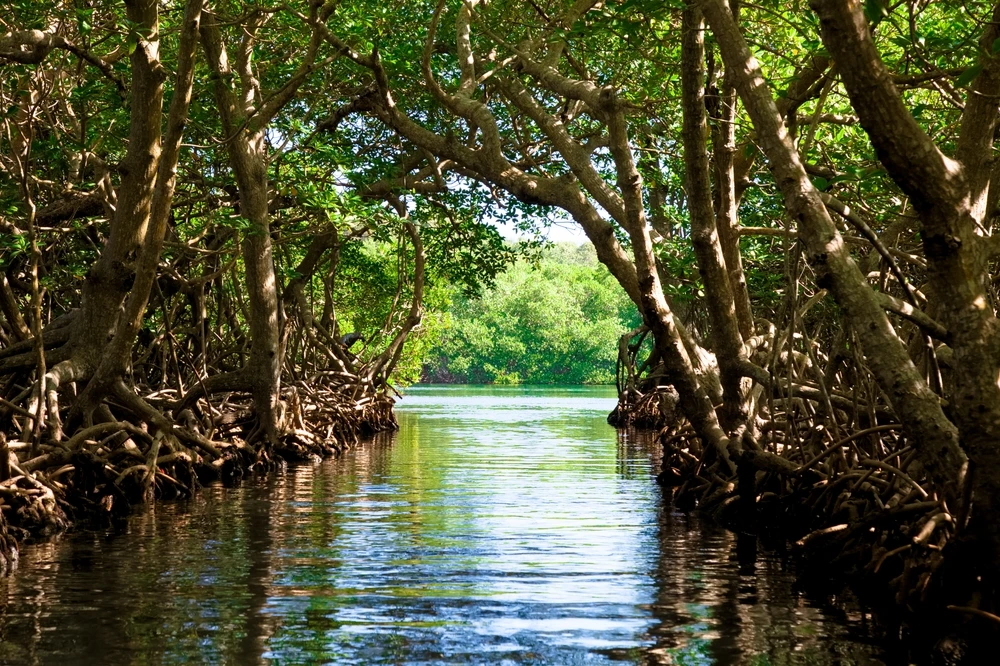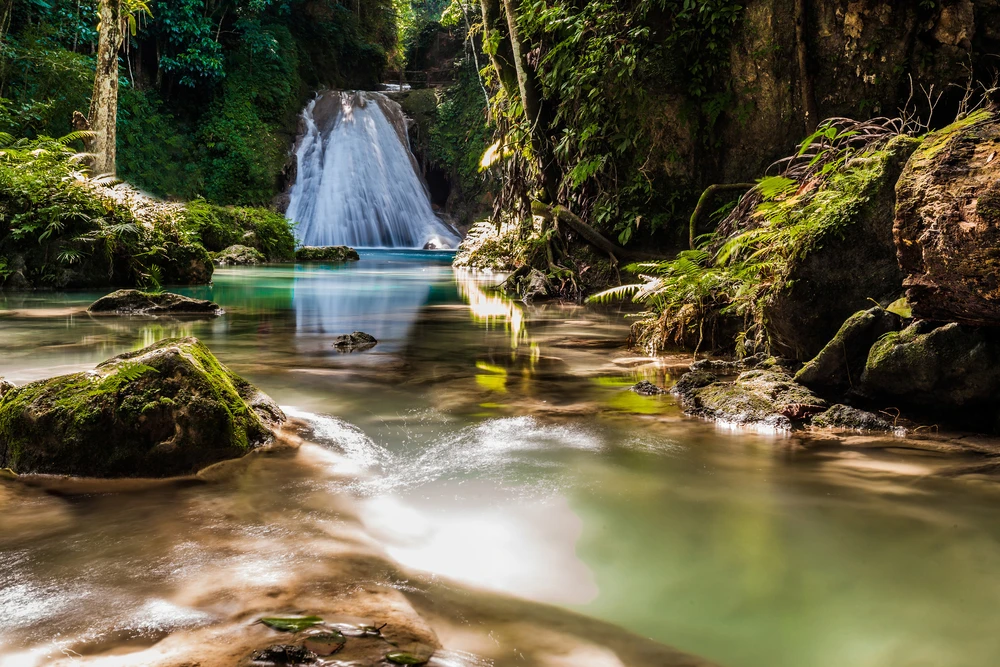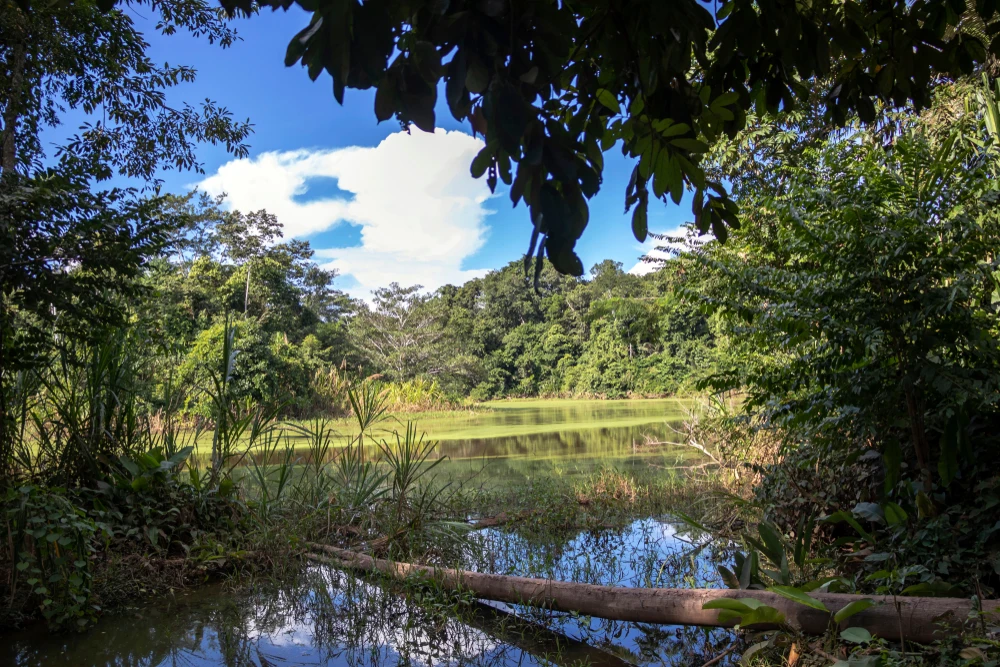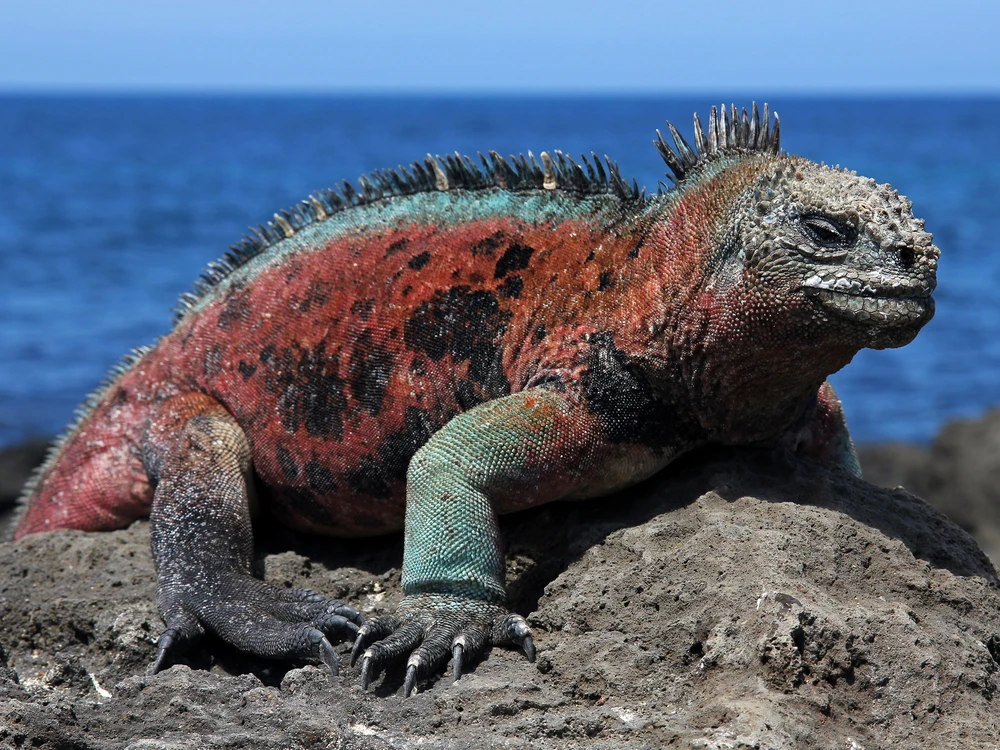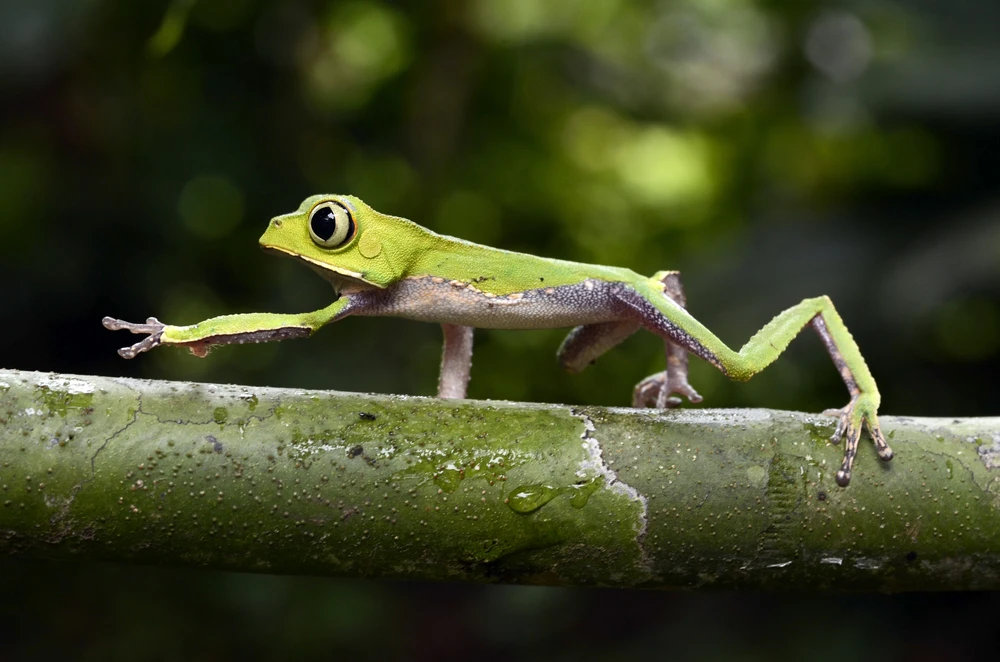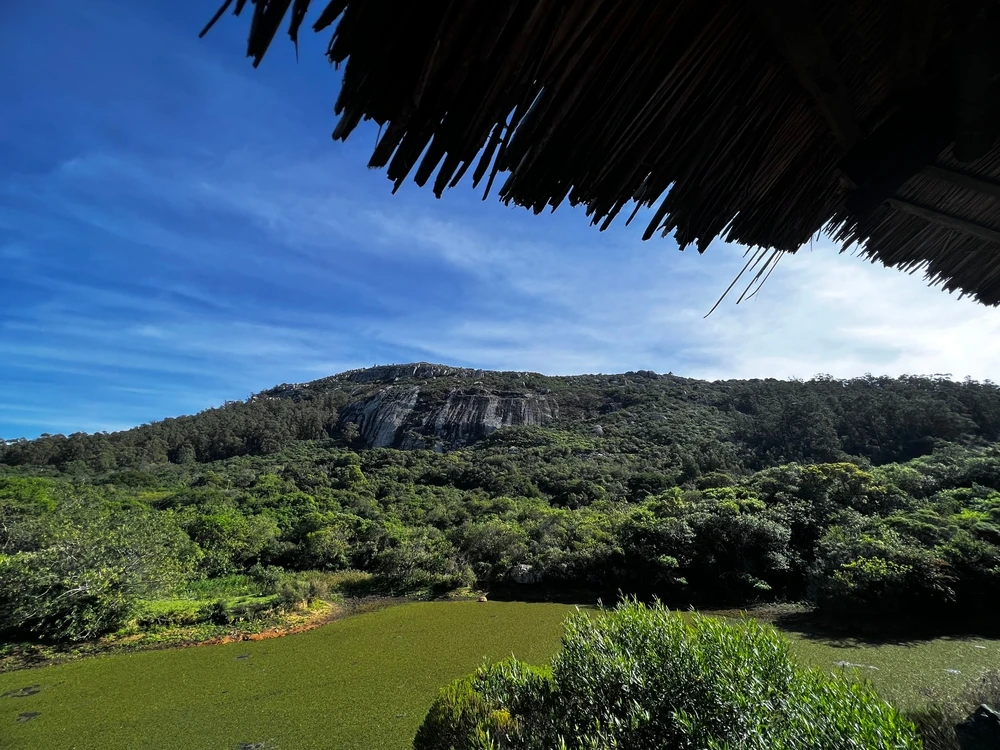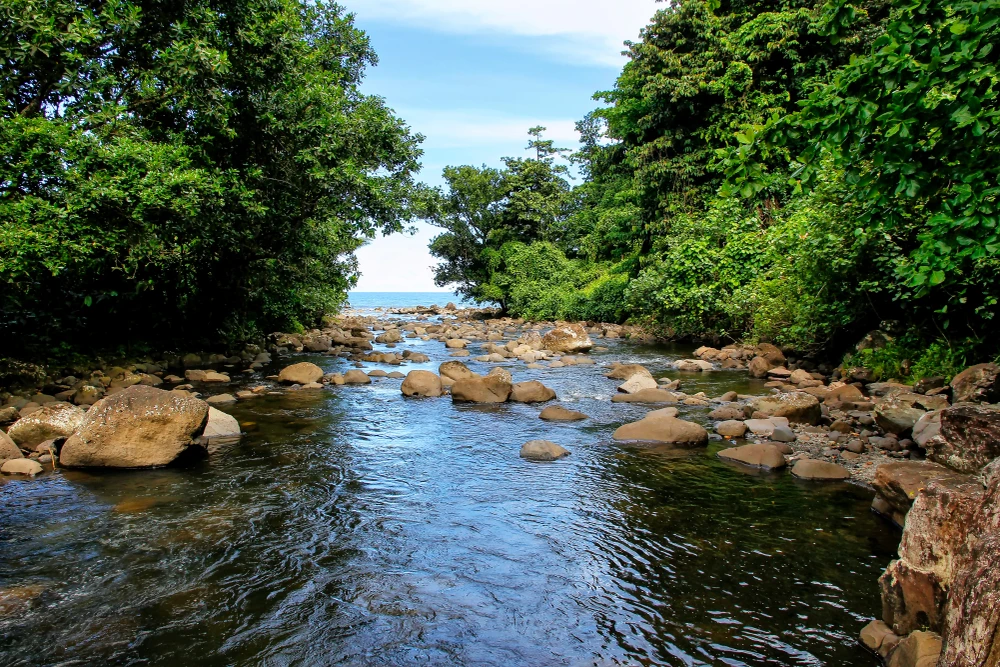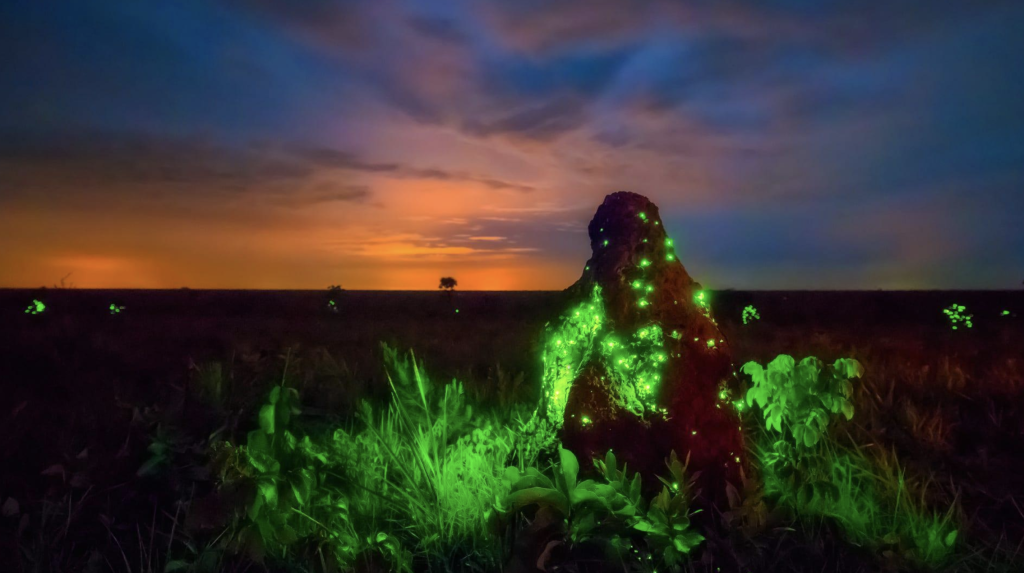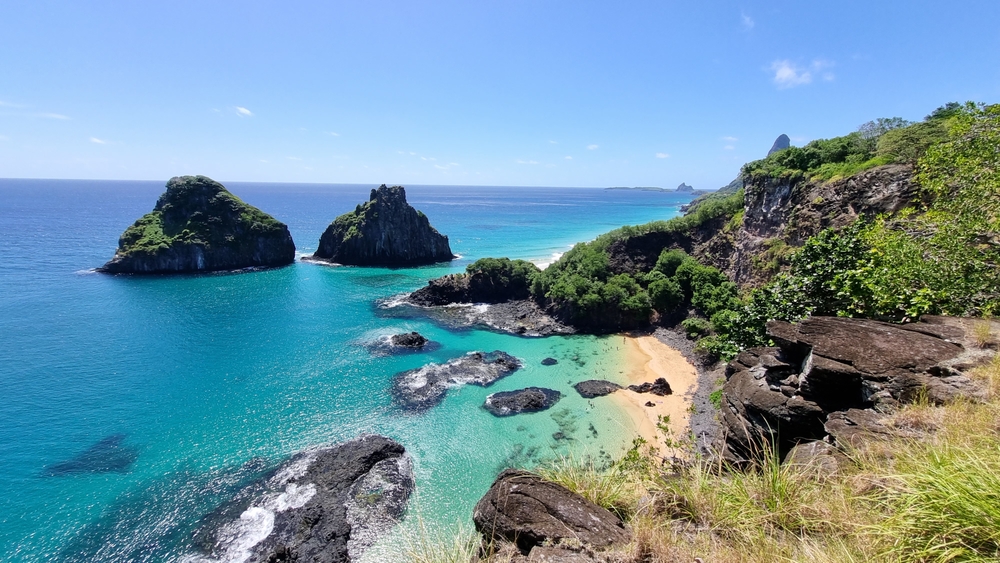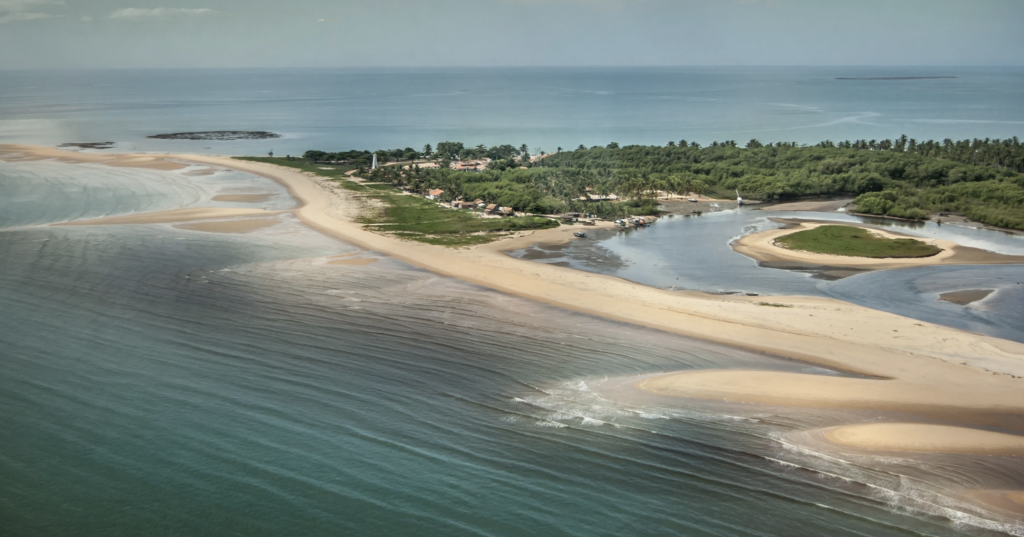Serra do Cipó Overview
Serra do Cipó National Park, known locally as Parque Nacional da Serra do Cipó, is a protected area in the state of Minas Gerais, Brazil. Covering approximately 130 square miles (337 square kilometers), the park is part of the Espinhaço Mountain Range, a region recognized for its exceptional biodiversity and stunning landscapes.
Located about 100 kilometers from Belo Horizonte, the park offers a mix of rugged mountains, deep canyons, winding rivers, and cascading waterfalls, making it a remarkable destination for nature lovers and outdoor enthusiasts.
The terrain consists of plateaus and steep cliffs, with the Cipó River and its tributaries carving their way through the landscape. Among the most prominent features are the breathtaking Véu da Noiva Waterfall, which plunges dramatically over rocky cliffs, and the Serra do Cipó peaks that provide panoramic views of the surrounding wilderness.
The park is a hotspot for biodiversity, hosting a unique mix of Cerrado and Atlantic Forest ecosystems. Its vegetation includes vast fields of wildflowers, particularly during the blooming season, as well as twisted shrubs and endemic orchids that cling to rocky outcrops.
The region’s flora is so distinct that it has been referred to as the “Garden of Brazil.” These plant species provide essential habitats for a variety of animals, many of which are found only in this part of the country. Among the park’s most notable mammals are the maned wolf, a striking, long-legged canid known for its reddish fur, and the giant anteater, an elusive creature that roams the open grasslands. Capybaras, tapirs, and various small primates can also be spotted near rivers and forested areas.
The park is a paradise for birdwatchers, as it shelters more than 180 bird species, including the rare blue finch, the hyacinth macaw, and the toco toucan, whose striking beak adds a splash of color to the treetops.
Serra do Cipó National Park is famous for its natural attractions and adventure opportunities. Hiking is a popular activity, with trails ranging from easy walks to challenging climbs leading to spectacular viewpoints. The Circuito das Lagoas trail, for example, takes visitors past a series of natural pools that offer refreshing spots for swimming.
The Cachoeira Grande Waterfall, with its broad curtain of water, is a favored destination for those looking to cool off after a trek through the rugged terrain. The park is also well known for its rock climbing opportunities, particularly around the towering quartzite cliffs.
Mountain biking and horseback riding provide alternative ways to explore the diverse landscapes, while kayaking and rafting are available along the Cipó River, offering both thrilling rapids and calmer waters for leisurely paddling.
Conservation efforts in Serra do Cipó have been critical in preserving the park’s delicate ecosystems. The region has faced challenges such as deforestation, uncontrolled tourism, and occasional wildfires, which threaten its fragile flora and fauna.
Park management has implemented measures to promote sustainable tourism, including designated trails and strict regulations on camping and waste disposal. Restoration projects have helped recover degraded areas, ensuring that native plant species can thrive.
The park also serves as an important research site for scientists studying Brazil’s rich biodiversity, contributing to broader conservation initiatives. Thanks to these efforts, Serra do Cipó remains one of Brazil’s most significant natural treasures, providing a haven for rare species while allowing visitors to experience its breathtaking beauty.


